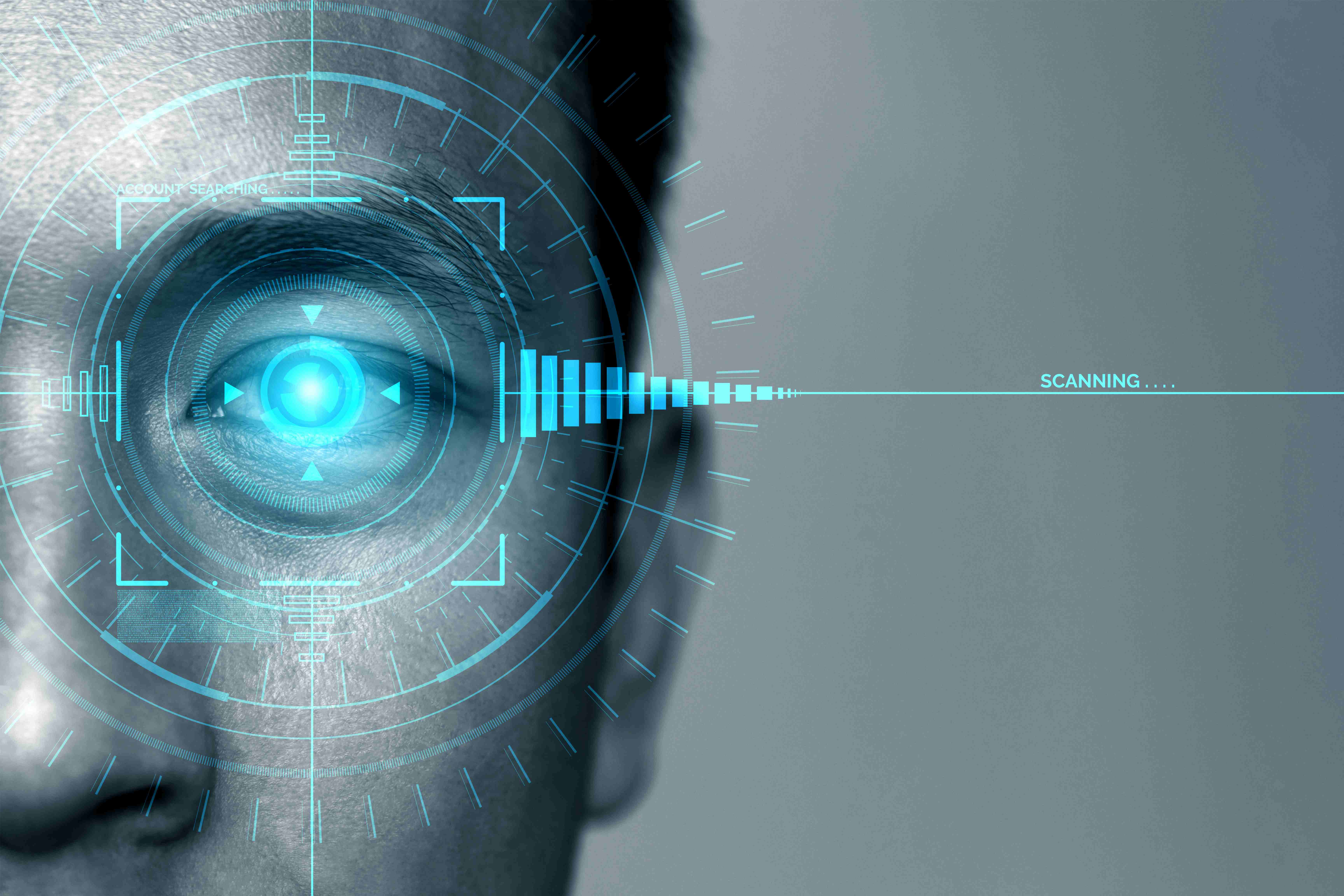As search technology evolves, image recognition and visual search are rapidly becoming essential components of SEO strategy. Businesses aiming to enhance their online store’s visibility and drive more organic traffic must embrace these advancements to stay competitive. In this article, we’ll explore how image recognition is reshaping SEO, the latest SEO trends in visual search, and actionable tips to ensure your website is optimized for this exciting shift in technology.
Table of Contents
- What Is Image Recognition in SEO?
- Why Visual Search Matters for SEO
- The Future of Image Recognition in SEO
- Actionable Tips for Optimizing Your Website for Image Recognition
- Latest SEO Trends in Visual Search
- Conclusion
- About Don Hesh SEO
What Is Image Recognition in SEO?
Image recognition refers to the use of AI and machine learning technologies to identify objects, people, places, and other elements within images. When applied to SEO, image recognition allows search engines to understand and categorize images more accurately, which can significantly enhance a website’s discoverability and ranking potential.
For instance, if a search engine can identify an image of a “red leather handbag,” it will show that image when users perform relevant searches, even if they didn’t specify those exact words in the search query. This technology forms the backbone of visual search, where users upload or search with images instead of text.
Why Visual Search Matters for SEO
Visual search is becoming increasingly popular, particularly as more consumers use mobile devices. According to research, 62% of Gen Z and Millennial consumers prefer visual search over any other search technology. Major platforms like Google and Pinterest are investing heavily in improving their visual search capabilities, making it an important component of any future-proof SEO strategy.
By optimizing your site for visual search and image recognition, you stand to capture a significant share of organic traffic that traditional text-based search may not reach. Additionally, visual search allows you to improve the user experience by helping consumers find exactly what they’re looking for faster.
The Future of Image Recognition in SEO
The rise of image recognition in SEO is not just a trend; it’s set to become a permanent fixture of search engine algorithms. As artificial intelligence advances, search engines are becoming better at understanding the context of images, going beyond basic alt text or file names to recognize shapes, patterns, and even the emotional content within an image.
In the near future, we can expect:
- More sophisticated visual search engines that will interpret images with greater accuracy and relevance.
- Integrated shopping experiences, where users can click on products within images and purchase directly through visual search platforms.
- Enhanced image SEO guidelines from search engines to ensure businesses are optimizing their visuals for maximum discoverability.
Actionable Tips for Optimizing Your Website for Image Recognition
1. Use Descriptive Image Titles and Alt Text
Image titles and alt text remain crucial elements for optimizing images for SEO. Alt text, in particular, is used by search engines to understand what an image contains when crawling your site. Descriptive and keyword-rich alt text helps ensure your images are indexed correctly.
- Actionable Tip: Always use clear, descriptive titles and alt text that include relevant keywords. For example, instead of naming an image file “IMG1234.jpg,” name it “red-leather-handbag.jpg.”
2. Leverage Structured Data for Images
Structured data provides search engines with additional information about your images, helping them display your content in richer formats, such as featured snippets and rich image search results.
- Actionable Tip: Implement structured data markup (Schema.org) for images to increase their chances of appearing in enhanced search results. For e-commerce stores, use specific schemas like Product, Offer, and Review for images.
3. Focus on High-Quality, Unique Images
Stock images are becoming less effective in SEO strategies as search engines favor unique and high-quality visuals. Custom images create a better user experience and help search engines recognize your content as more valuable and relevant.
- Actionable Tip: Invest in unique, high-resolution images that reflect your brand and products. Avoid using generic stock images whenever possible.
4. Optimize Images for Mobile Search
With more than half of global searches coming from mobile devices, optimizing your images for mobile SEO is essential. Ensure that your images load quickly and are responsive across all device types.
- Actionable Tip: Compress your images to reduce their file size without sacrificing quality. Use responsive image formats such as WebP and ensure your website is mobile-friendly to provide a seamless experience.
5. Take Advantage of Image Sitemaps
Image sitemaps allow search engines to find and index images on your site more effectively. This is particularly useful for websites with a large number of images, such as e-commerce stores.
- Actionable Tip: Create an image sitemap and submit it through Google Search Console to ensure your images are indexed correctly.
Latest SEO Trends in Visual Search
1. AI-Powered Visual Search
As AI becomes more advanced, visual search tools are using machine learning to provide even more accurate and relevant results. Search engines like Google now use deep learning algorithms to recognize objects and offer related results faster and with better precision.
- Trend Insight: Businesses that invest in optimizing their images for AI-powered visual search engines will see a significant boost in visibility and traffic.
2. Google Lens and Similar Visual Tools
Tools like Google Lens and Pinterest’s visual search allow users to search by uploading images or pointing their cameras at objects. These tools are growing in popularity, making it critical for businesses to optimize their visuals for search engines that support image-based queries.
- Trend Insight: Ensure your products are optimized for platforms like Google Lens by using structured data and clear, descriptive image content.
3. Integration of Image Recognition with E-Commerce
E-commerce platforms are integrating image recognition into their search functionalities, allowing users to find and purchase products using visual search. Platforms like Amazon and eBay are leading the way, and smaller retailers are starting to follow.
- Trend Insight: Optimize your product images and use proper schemas to make sure your products appear in visual search results on major e-commerce platforms.
Conclusion
The future of SEO is increasingly visual, and businesses that invest in image recognition and visual search optimization are positioning themselves for success. From optimizing image titles and alt text to leveraging the latest AI-powered tools, these strategies can help drive more organic traffic and enhance user engagement. As visual search technologies evolve, staying ahead of the curve with proactive SEO strategies will help your business thrive in a competitive market.
About Don Hesh SEO
Don Hesh SEO is a leading SEO consultant and Google Ads consultant dedicated to helping businesses enhance their online presence and drive organic traffic. Our expertise in AI-driven SEO strategies ensures that your business stays ahead of the competition. Partner with SEO Sydney to leverage the latest AI technologies and achieve your SEO goals efficiently and effectively.



